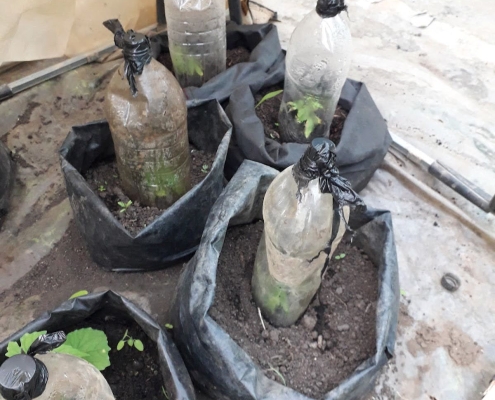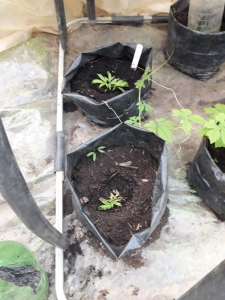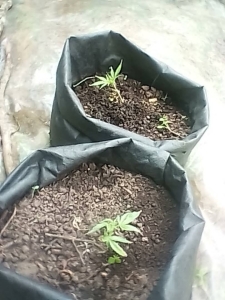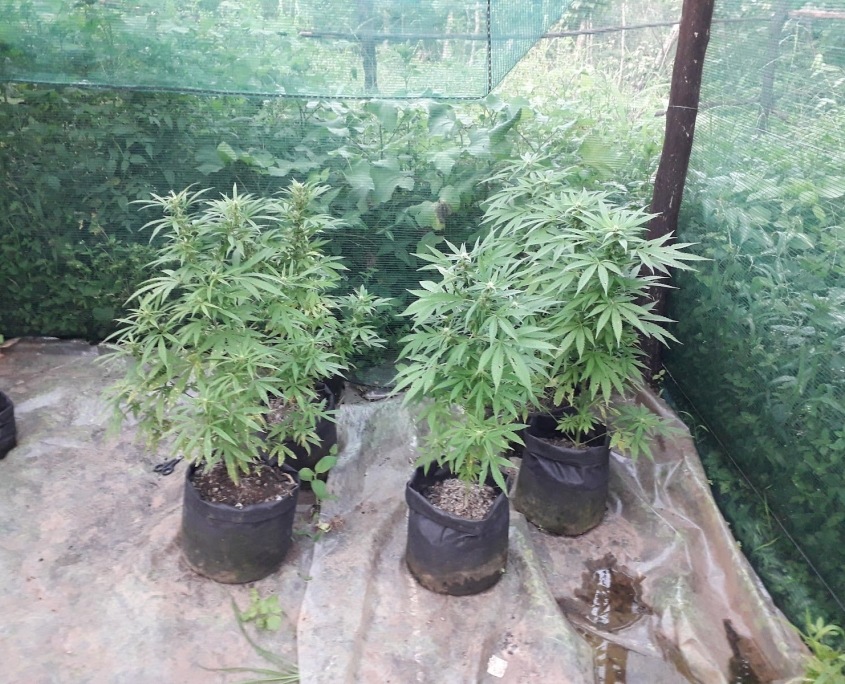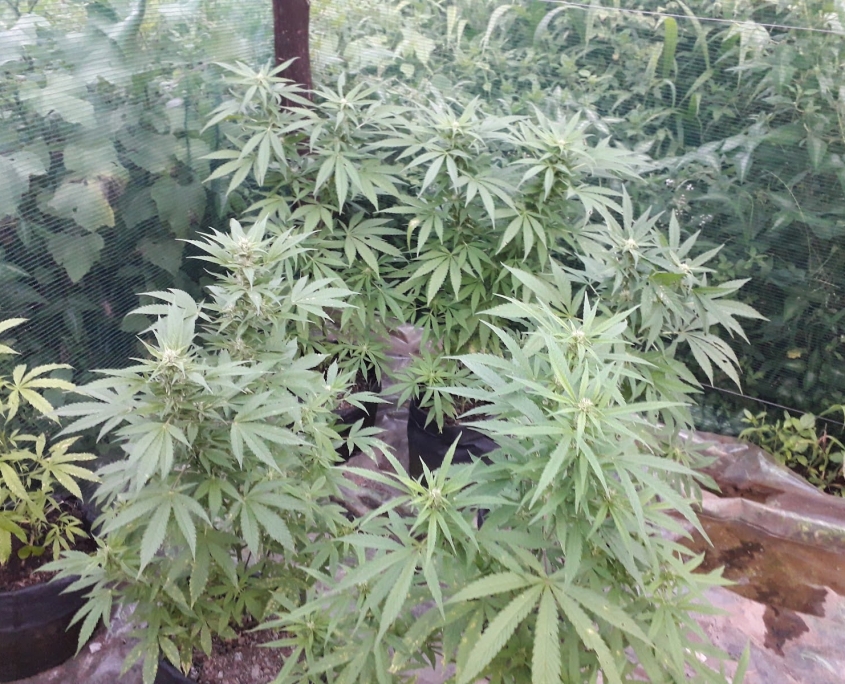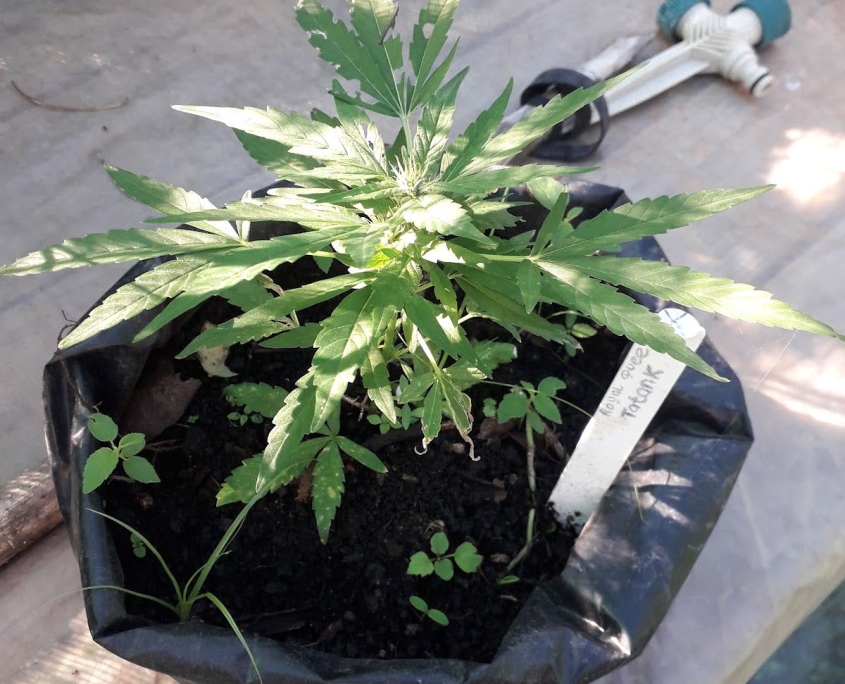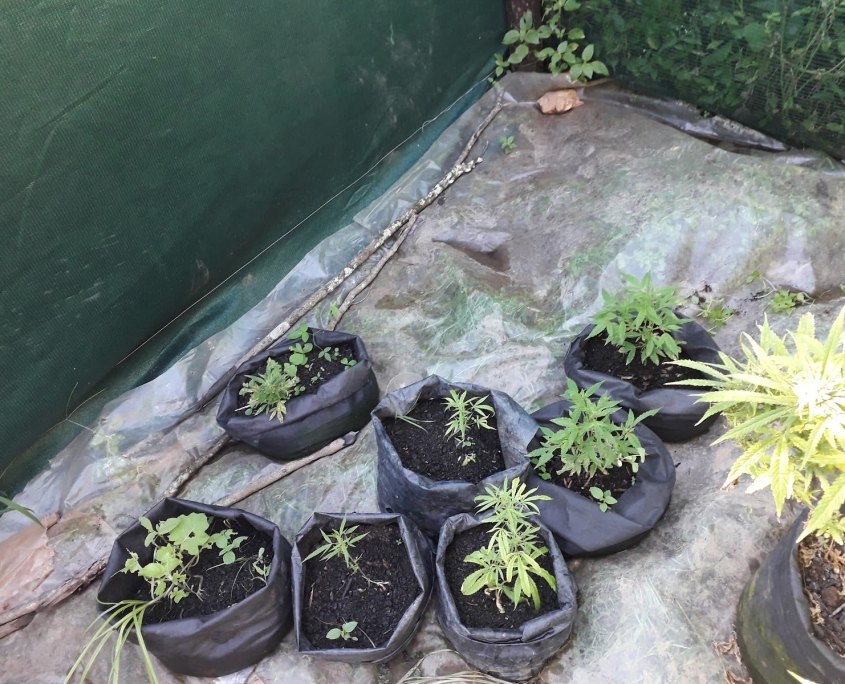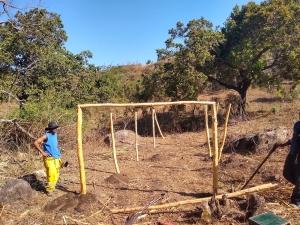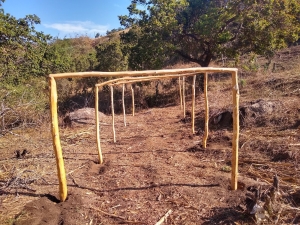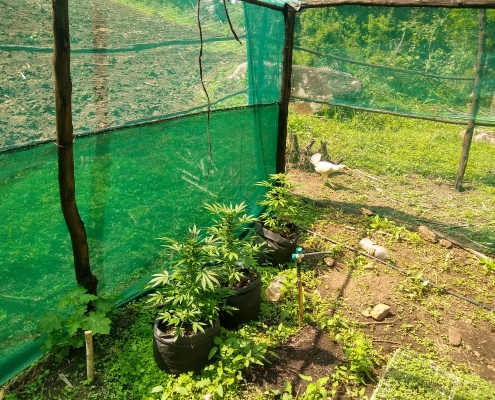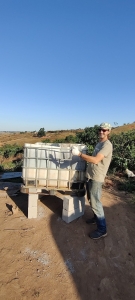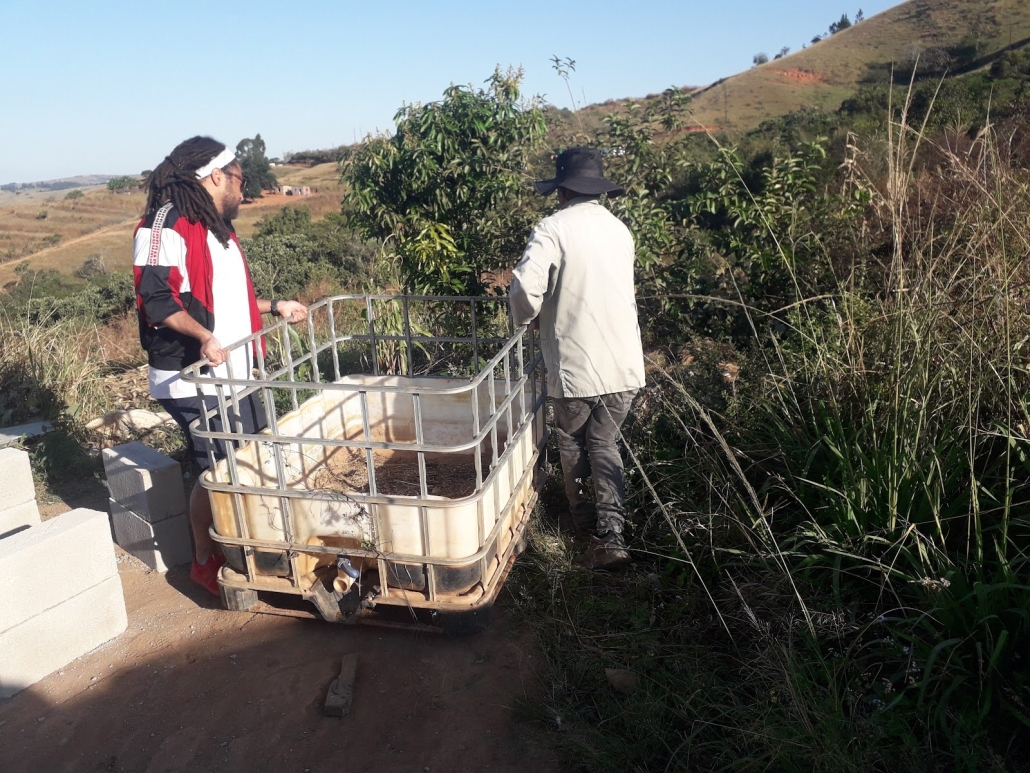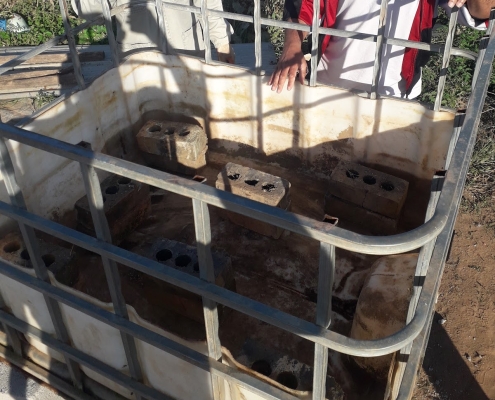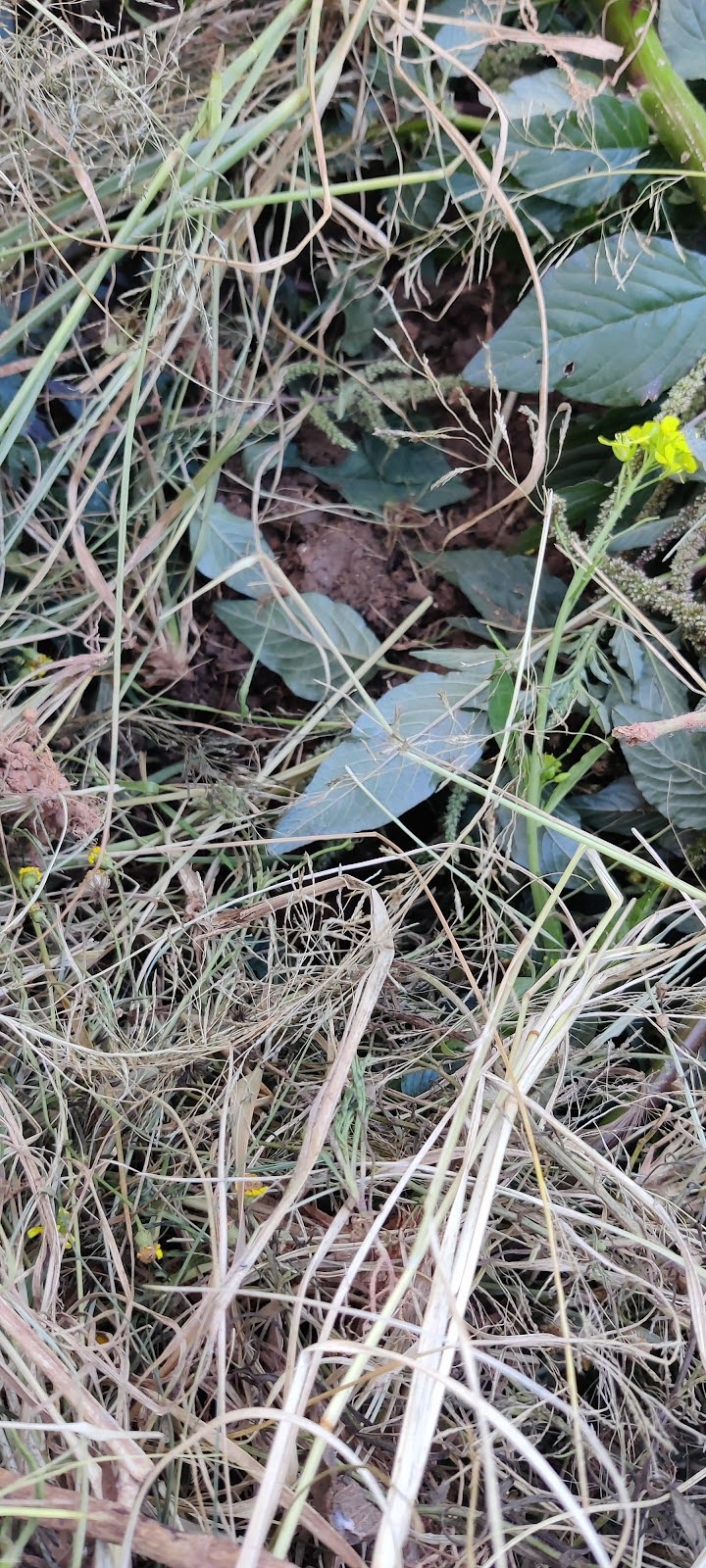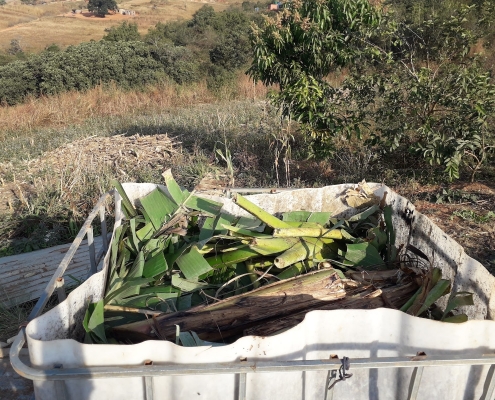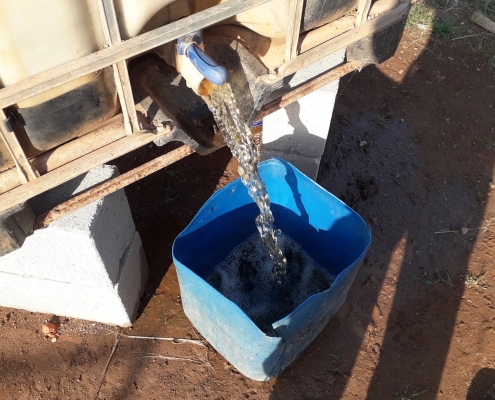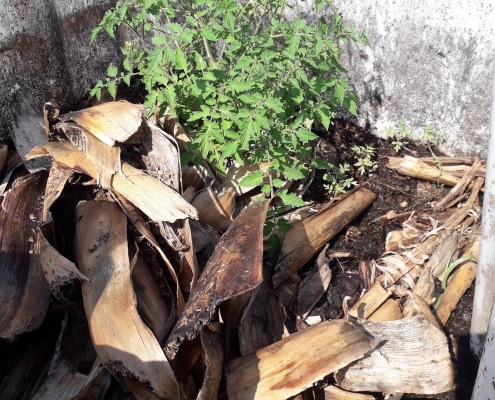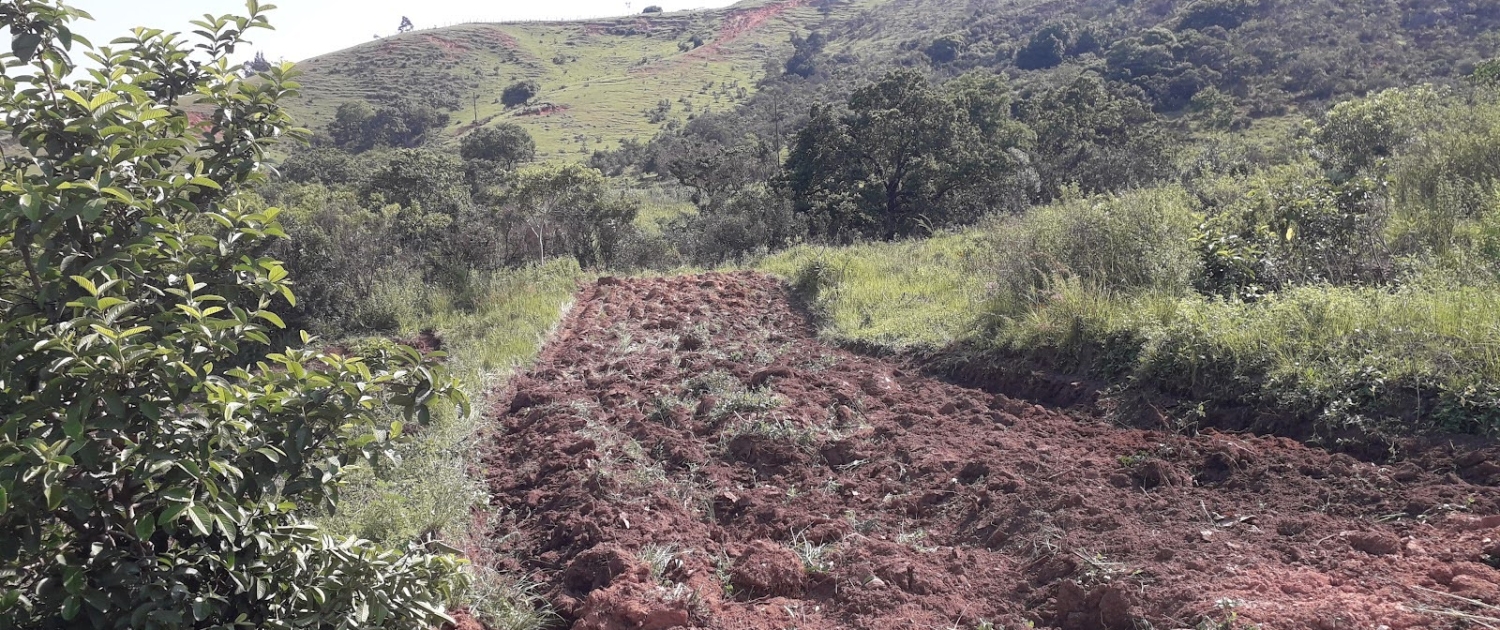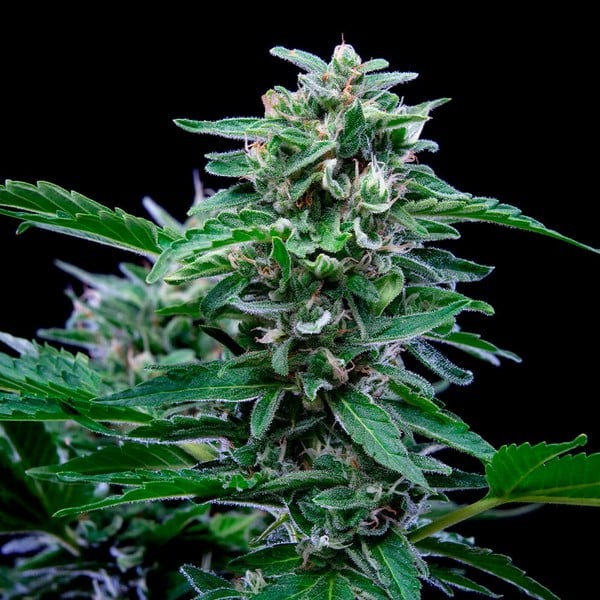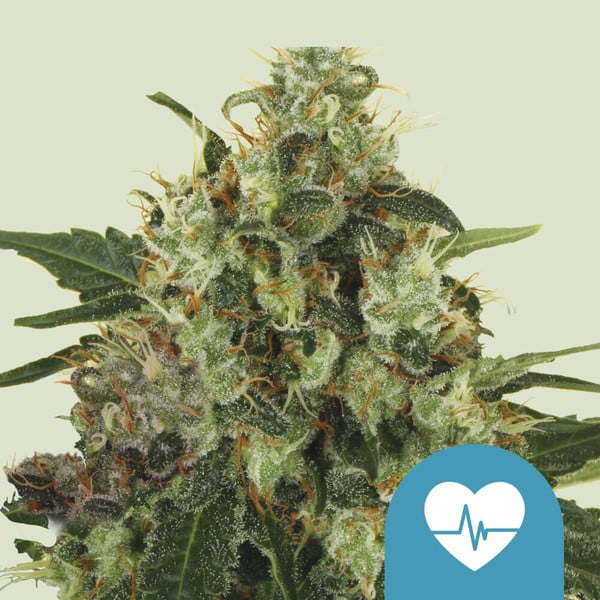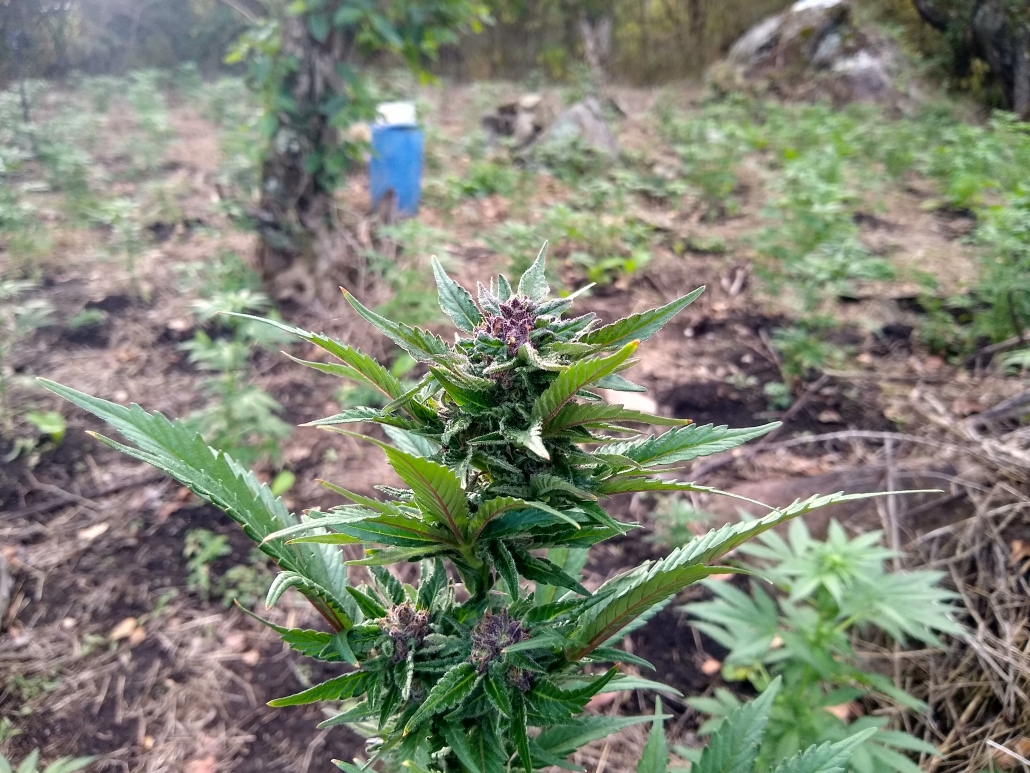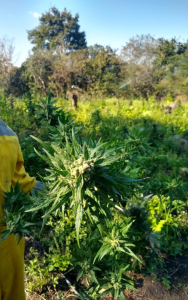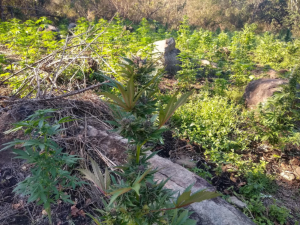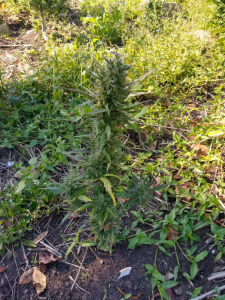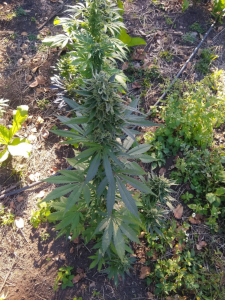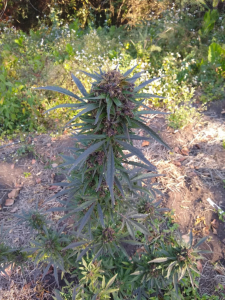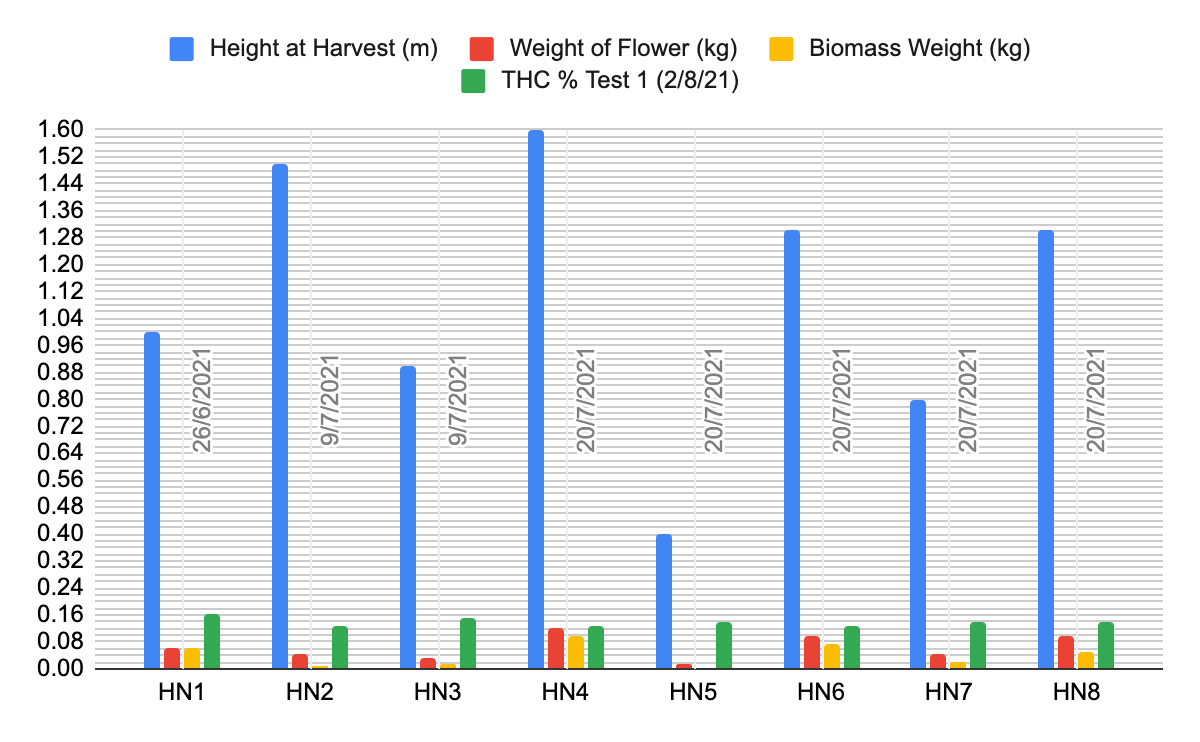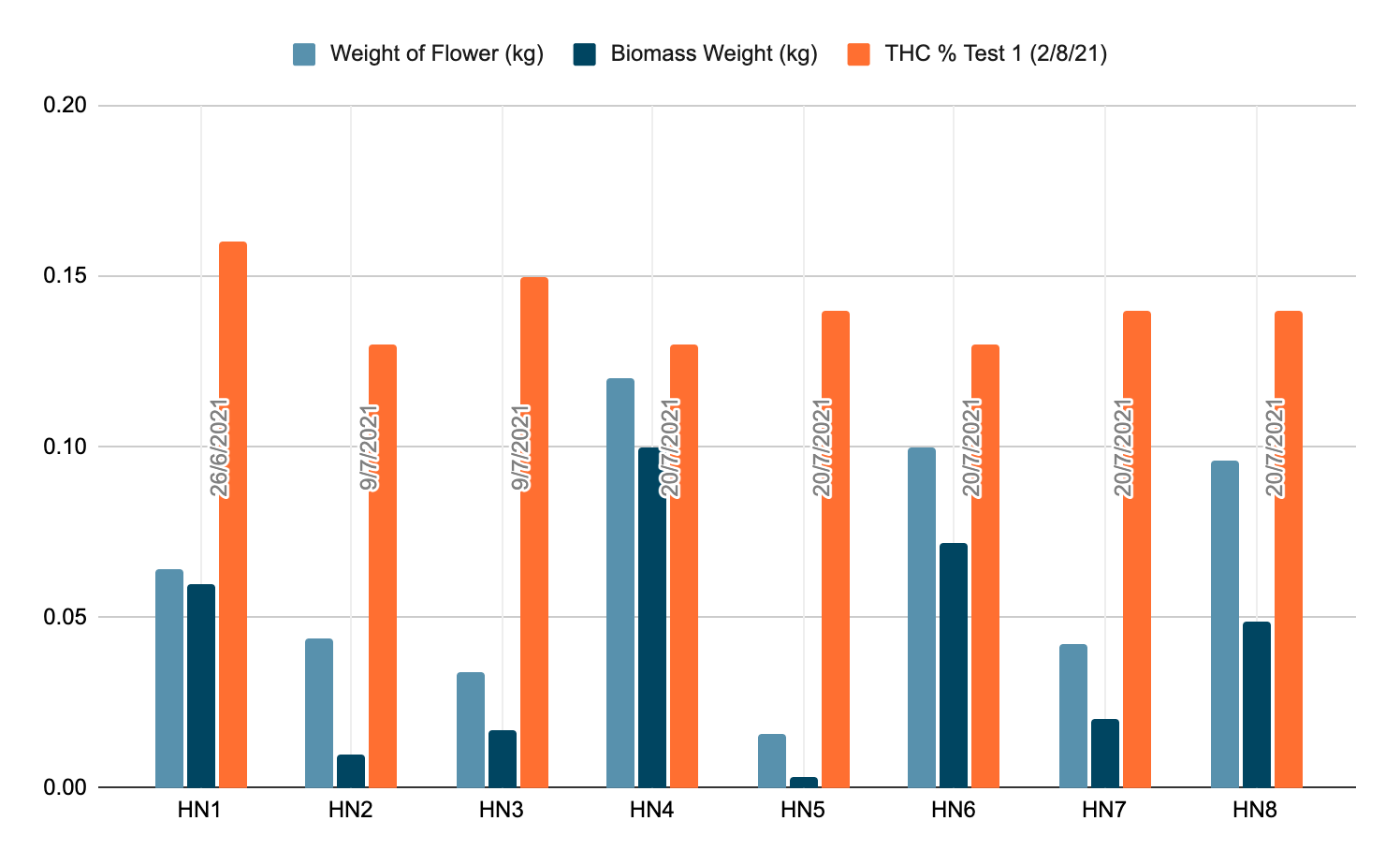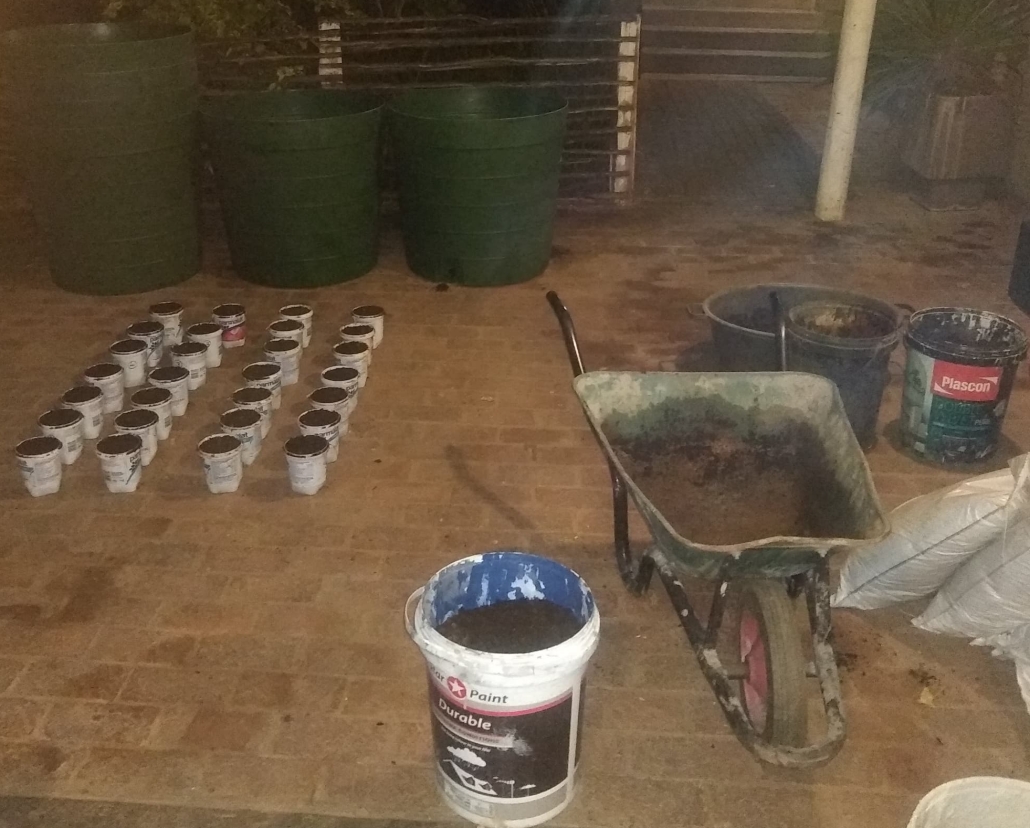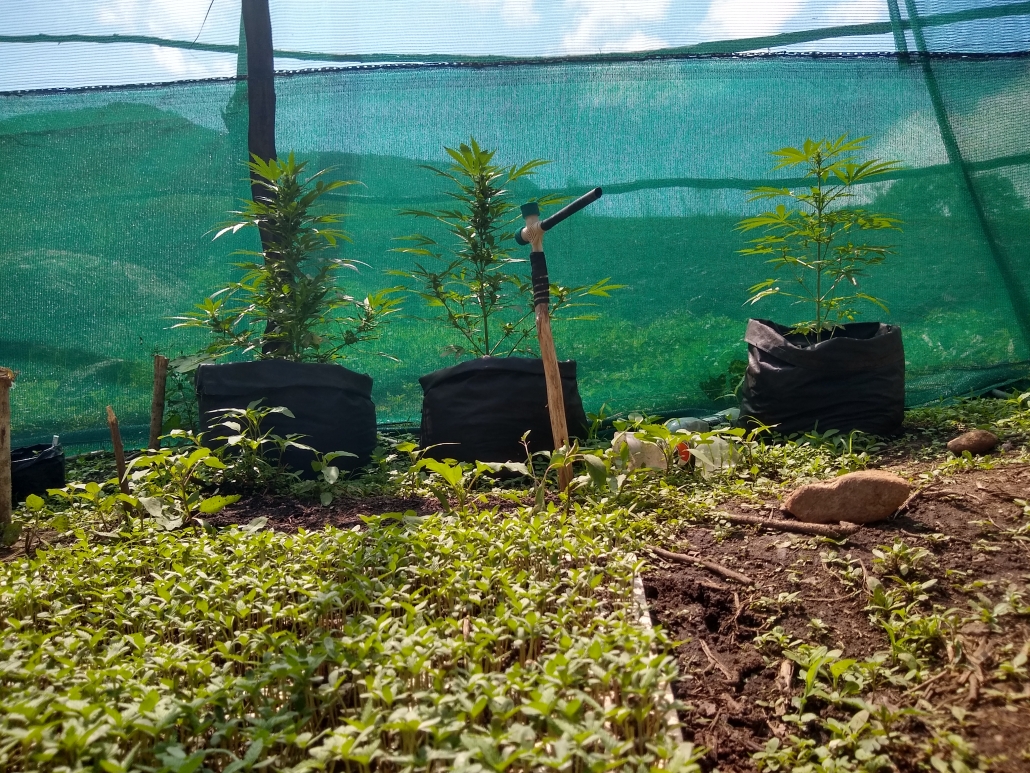Introduction
Following the simple aim of research and learning as much as possible about all facets of the industry we took the opportunity to learn about extraction techniques.
Extraction techniques come in many forms, the basic methods have been used in different parts of the world historically. Modern techniques have been developed because of the need for industrial upscaling and refining techniques as legalization creates huge demand.
Aims and Objectives
The objective in this area is to gain knowledge and practical experience in all methods of processing and extraction.
The science of processing raw material into high-quality clean medicine is new in our geographic sphere, hence we grabbed lessons anywhere we could find them.
Techniques are still developing and growing, so we are unsure what technique, if any we shall ever use, but the broadest knowledge base is the best preparation for the future.
Butane Lesson
Butane extraction is by its very nature an extremely dangerous process and not to be taken lightly, definitely should not be done without professional equipment, and requires understanding training and meticulous adherence to standard operating procedures.
The proper equipment in our sphere is very rare, so it was fortunate that we made a connection with someone who had the gear and was willing to take the time to show us the process for research purposes.
The system used was a closed loop vertical column which recycled the butane into a collection cylinder at the end of the process allowing for safer operation and reduced losses of butane in operating the system.
The lesson involved the below-shown equipment and a skilled handler. Raw material is crushed and cleaned of stalk and seeds as much as possible, the steel column holds approximately 0.5 kg of plant material packed in as tightly as possible. The bottom end of the column has fine-grade steel mesh as a filter to stop plant material from escaping into the catch tank at the bottom.
The system requires very cold temperatures to be maintained at all times so the butane stays as liquid and cold as possible. The catch tank and butane tanks are all kept sitting in buckets of ice and water at all times.
Butane is used as a solvent to strip THC/CBD-carrying trichomes, cannabinoids and terpenes away from the plant material. The whole process is contained in a series of cylinders, pipes and tanks which are operated under pressure and have to be handled with care.
The main part of the system is a collection tank, on top of which sits a vertical column holding the plant material. The butane is injected at the top of the column and flows down through the plant material under pressure. In doing so the butane picks up all the THC and CBD-carrying material and carries it into the collection tank at the bottom. After all the butane has flowed through into the collection tank, valves and pipes are switched and an empty tank is attached to the collection tank, The butane is let out of the collection tank (recycled) and leaves behind and golden foamy crystal honeycomb, gold and incredibly sticky substance which is highly concentrated in cannabinoids.
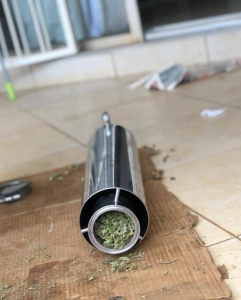

The pictures above show the main column holding the plant material.
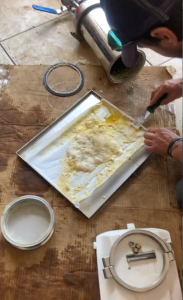
The pic above shows the catch tank (right) and the bottom catch bowl (left) and the extracted material poured onto a tray to continue to evaporate the butane.
The final product as it comes out of the catchment tank is foamy and full of butane. The material will solidify as the butane evaporates leaving a yellow honeycomb of a sticky oily type of material.
Mechanical extraction
Mechanical extraction refers to methods of refining/extracting cannabinoids and compounds from raw material without the use of chemicals or solvents. These methods stem from ancient extraction techniques which were used in places like Afghanistan, India and Nepal hundreds of years ago.
Mechanical agitation breaks the trichomes away from the plant material and then a ‘sieve’ (traditionally silk) is used to separate the material so that the valuable medicine-carrying trichomes can be collected in concentrated form.
Hemp Nation is currently developing the opinion that mechanical extraction of medicinal compounds from raw material is better than the use of chemicals and solvents as a means of extraction. Various methods undergoing research are detailed below
Dry Sieve extraction
Dry Sieve extraction is the use of a screen with very small holes which allows the trichomes and THC/CBD valuable material to pass through whilst leaving behind the green material which does not hold the medicinal compounds.
The dry sieve material is referred to as ‘kief’ and can be used as it is or processed further into hash or oil.
Dry Sieve was our biggest success in terms of education and improving yields from harvested material. A large sieve/screen was given to Mgadlela farm for them to sieve the trimmings and crush which they would previously have discarded, this improved yield from the farm and produced another sellable product.
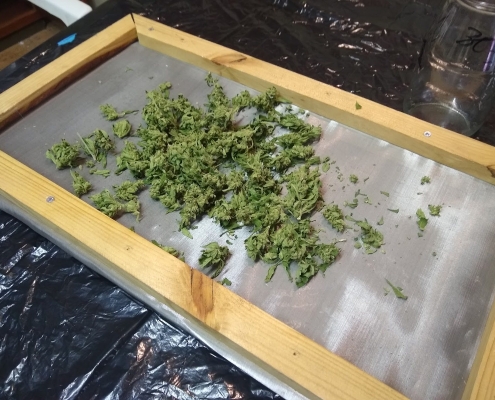
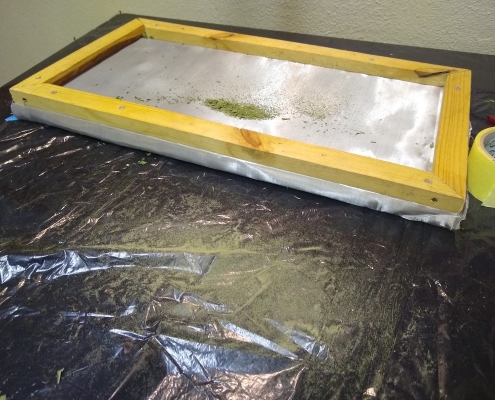
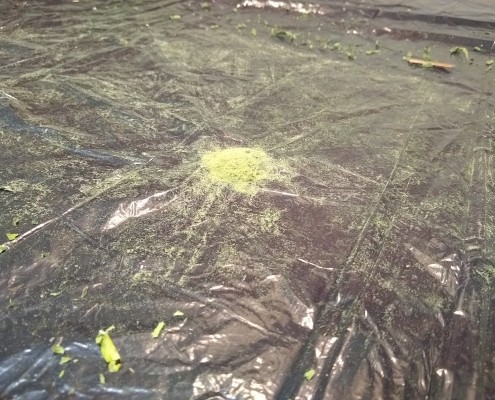
The above images show the steel screen in a wooden frame with plant material, this screen is shaken by hand and the material being collected falls through onto the table. The valuable medicine-rich dust is then scraped up and collected.
Ice Water Sieve Bag Extraction
This form of extraction involves the use of ice and water as a medium and then a series of sieve bags which separate out the different grades of material.
The large green plant matter is filtered out and not used. The trichomes and CBD/THC-carrying material are collected in different micron sizes and then allowed to dry slowly.
The dried material is grainy and known as ‘bubble hash’ it can be used as it is or can be refined further to produce an oil of very high purity.
This method is low cost and effective however it is time consuming and slow, and yield does vary and depend on the source material. Small amounts of research material were processed mostly for media demonstration purposes.

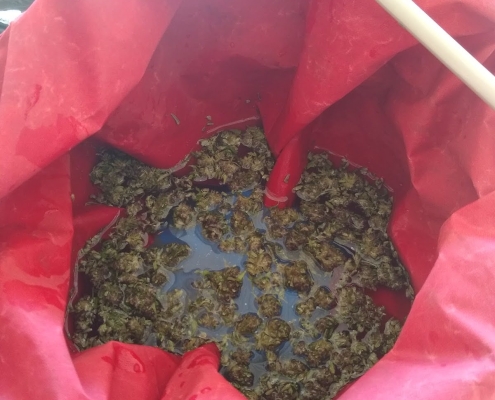

The above images show plant material in ice water soaking and being mixed to release the trichomes from the plant material.
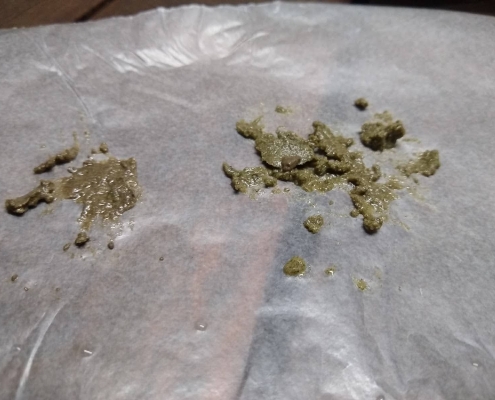
The above image shows the gathered material still wet from the screen.
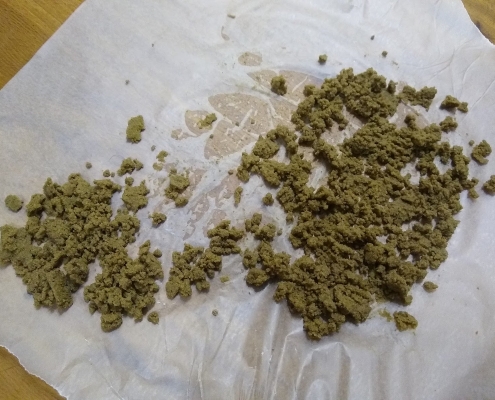
The above image shows the gathered material after it has dried for 25hrs.
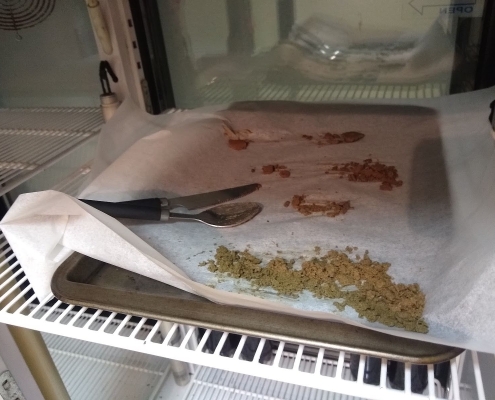
The above image shows gathered material drying slowly on a rack for up to 7 days before sealing in a container.
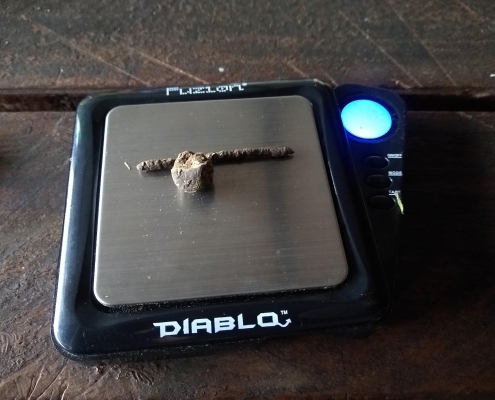
The above image shows dried material compressed into a hard ball for ease of storage, the process requires small amounts of heat and pressure to melt the material enough to stick together.
How much it melts and sticks is a good indicator of purity and quality.
Heated Press
The heated press is a set of plates with heating elements inside and a hydraulic jack attached to apply pressure to the material and squeeze out the valuable cannabinoid carrying oil known as rosin. The unit used is very small and not for commercial use but perfect for demonstration (Pictured below).
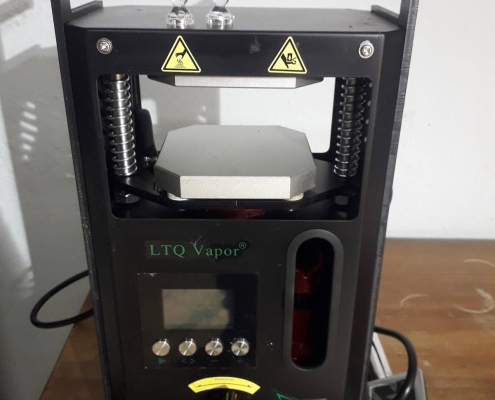
The heated press is particularly good because it can be used with different types of raw materials created using the mechanical methods mentioned above. We experimented with pressing different raw materials and also the material which we extracted using the other mechanical methods.
The oil produced from the press is of very high quality and very clean however extraction is slow, labor intensive and the yield is low.
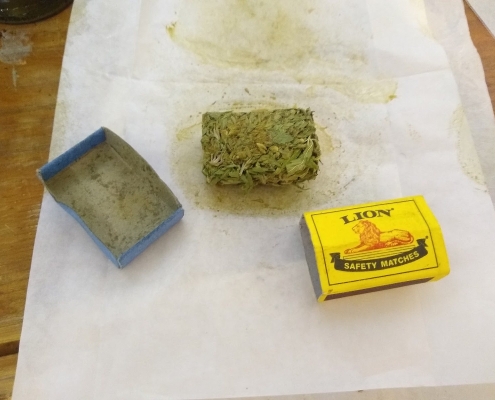
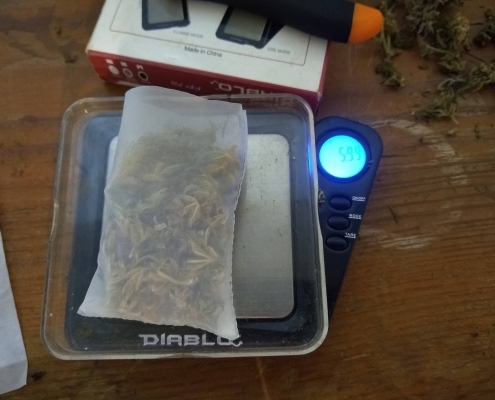
The above image shows plant material being prepared for the press. The use of a sieve bag assists the process by retaining plant material and keeping the oil clean.
We experimented using matchboxes as pre moulds to press the flower before putting it into the bags.
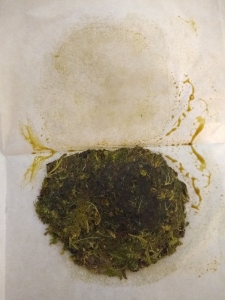

Images above show variation when pressing different flower samples with some producing far more rosin than others.
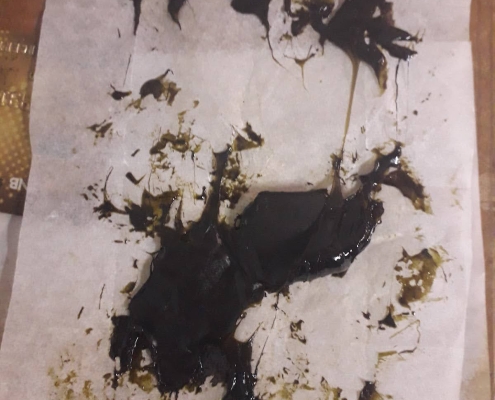
The above image shows 10g of gathered rosin from pressed flowers. Five presses per flower sample through the press.
Partnership Programme
The farm has been supplied with a large kief screen. Training was given on how to sieve dry flower by-product material. The extraction of kief by the farmer has been successful, creating of a new product from the same harvest. This serves as a useful new income stream for the farm.
Conclusion
This project was undertaken based around the idea that Hemp Nation needs an all-round knowledge gathering approach to the future hemp industry from seeds to finished product. Processing and extraction of raw material is a huge part of the future industry and we consider an understanding of all processes essential to the success of ourselves and our local partners. We hope to share all knowledge gained and continue the reduction process so the farmers are more aware of the possibilities for this product.
The future of medicinal cannabis is not a raw plant material but an extracted refined product meeting health standards and in a measured dosage from. This is only possible with an extracted tested material.
The extraction techniques detailed above are relatively simple to do as we have demonstrated on a small scale, however scaling up of the processes would be necessary for any kind of commercial viability to be possible and that would be very costly.

